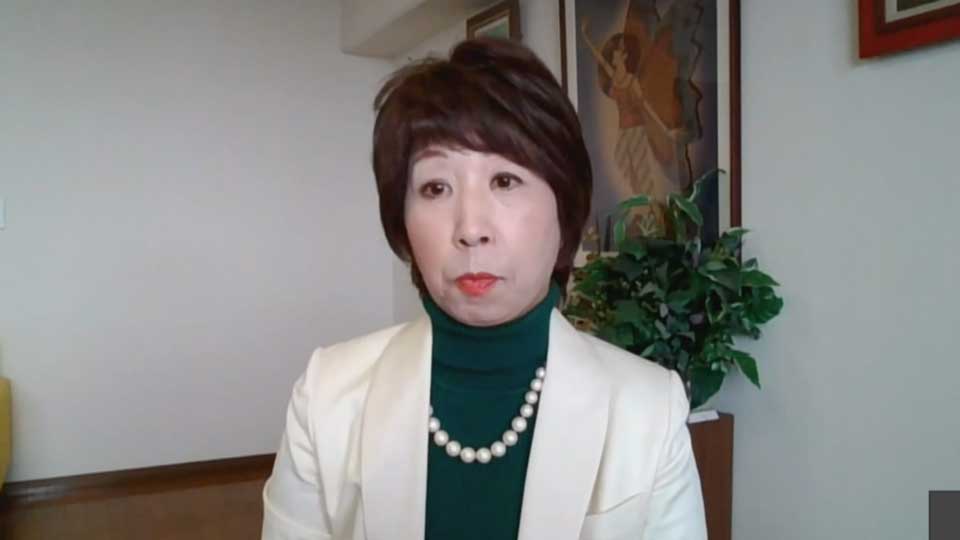Continuing inflation
The central bank said its decision hinged on a number of factors, chief among them being persistent core consumer inflation. CPI held at 2 percent in January ― the target set by the bank in 2013. Policymakers pointed to the trend as evidence that Japan's economy has finally escaped the shackles of deflation.
Equally important was the recent move by the country's big corporations to offer substantial wage hikes to their workers, the second component necessary for a "virtuous cycle" of higher prices and higher pay. The average raise by Japan's major companies from the new fiscal year starting in April will be 5.28 percent, the biggest increase in more than three decades.
Positive move
The highly unconventional negative rate, introduced in 2016, effectively penalized commercial banks for depositing money in the central bank, thereby encouraging them to lend to businesses instead.

This month's change moves the BOJ back to an unsecured overnight call rate, which is standard policy at the world's central monetary authorities. The call rate ― the interest rate used by commercial banks to lend to and borrow from each other on the overnight market ― will range from zero to 0.1 percent.
An end to yield curve control
In another radical policy move implemented in 2016, Japan's central bank began buying vast amounts of government bonds as part of a yield curve control program designed to keep long-term interest rates at around zero. The central bank said after its latest policy meeting that while it will continue to buy "broadly the same amount" of bonds, it will no longer use the framework to tamp down rates.
No more ETF purchases
Equally unorthodox was the BOJ's decision in 2010 to start purchasing Japanese exchange traded funds ― investment funds that track stock movements.
According to Nomura Research Institute, by 2022 the central bank had accumulated the equivalent of roughly 7% of all Japanese stocks. The policy ensured that a class of Japanese stocks enjoyed consistent central bank support, and effectively propped up local financial markets. The bank said this month that it will abandon this program, too.
After the meeting, BOJ Governor Ueda Kazuo declared that "unprecedented monetary easing is now over." He told a news conference that the bank will use short-term interest rates as its main policy tool, and said that further hikes will depend on how the economy performs, but that aggressive increases are unlikely.

Market reaction
The head of currency trading at Central Tanshi FX, Tominaga Takayuki, said that leaks to the media had prepared traders for the BOJ's announcement, hence the relatively muted reaction to such a dramatic change.
Expert view
Shirai Sayuri, a former member of the Bank of Japan Policy Board, is confident the shift is not the beginning of a sustained policy overhaul. She says the BOJ is unlikely to raise the key rate again soon.

Critical to what happens next, Shirai says, is how small and medium firms respond to the wage hikes offered by the big end of town. These businesses employ 70 percent of all workers in Japan, so their actions have a decisive impact on spending power across the country.
Either way, she says, intractable barriers to economic growth such as Japan's rapidly aging population will limit how far the BOJ can go.

